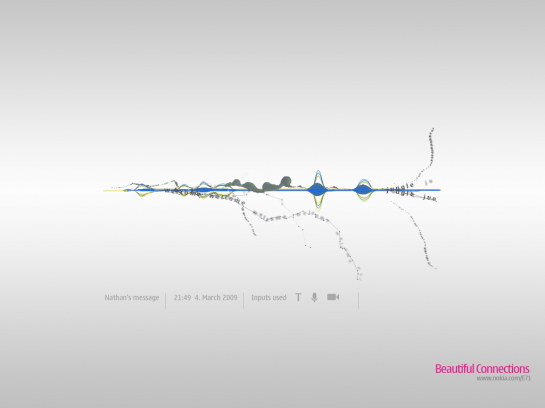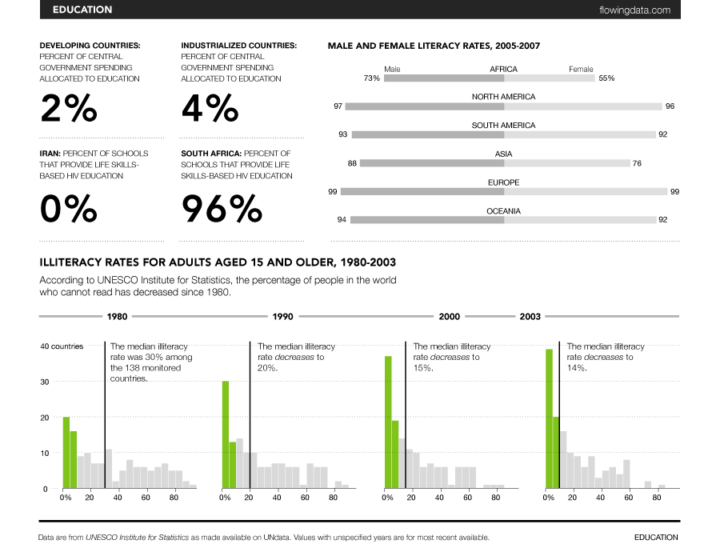I just started the FlowingData NCAA tournament bracket. Join now. Try and beat me if you can.
The great thing about the tournament is that that you’re gonna hear tons and tons of statistics on what players have done, who’s favored to win, and who is without a doubt going to lose. Throw a huge dose of raw, human emotion and competitive spirit, and without a doubt, a lot of the data will mean absolutely nothing. I love it.
To make things interesting, to the winner goes a $20 Amazon gift certificate. If I win, nobody gets anything. Muauahahaha. Go on. I dare you. Join now and make your picks. Hurry though, because there’s only a couple of days left.







 Our 10k giveaway is now complete. Congratulations to all the winners, and a big thank you to all of you who participated. I thoroughly enjoyed some of the entries, especially the
Our 10k giveaway is now complete. Congratulations to all the winners, and a big thank you to all of you who participated. I thoroughly enjoyed some of the entries, especially the 

 Visualize This: The FlowingData Guide to Design, Visualization, and Statistics (2nd Edition)
Visualize This: The FlowingData Guide to Design, Visualization, and Statistics (2nd Edition)










